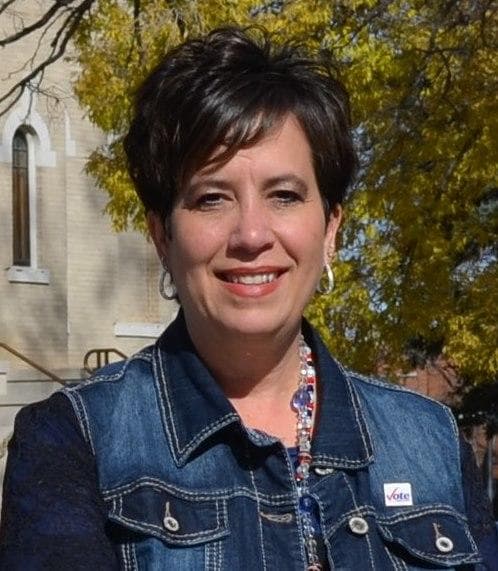Colorado Classifies Bison as Livestock and Wildlife, Protections Begin
The Colorado Parks and Wildlife Commission unanimously approved regulations on November 14 in Sterling that give bison a dual legal classification as both livestock and wildlife, following the Protect Wild Bison Act. The move creates new management tools and legal protections that will take effect January 1, 2026, and may affect ranchers, hunters, and wildlife managers across the state.

State regulators in Sterling took a decisive step on November 14 when the Parks and Wildlife Commission approved rules implementing the 2025 Protect Wild Bison Act, known as SB25 053. The regulations establish a dual classification for bison in Colorado, keeping privately owned fenced herds under the Colorado Department of Agriculture while designating free ranging bison that enter the state from other jurisdictions as wildlife managed by Colorado Parks and Wildlife, or CPW. The vote was unanimous.
The new legal status will formally extend big game protections to any wild bison that move into Colorado, with those protections beginning January 1, 2026 pursuant to SB25 053. Colorado currently has no confirmed resident wild bison herds, though animals from Utah's Book Cliffs herd have occasionally crossed the state line. CPW said it is not proposing regular bison hunting seasons at this time.
CPW Big Game Manager Andy Holland framed the change as balancing cultural and ecological considerations with management needs. “This dual classification recognizes both the cultural and ecological importance of bison while providing the tools needed to manage wild bison as big game wildlife,” Holland said. He also emphasized preparation and stakeholder engagement. “These regulations prepare Colorado for when wild bison once again roam here,” Holland said. “Our goal is to ensure we have the management tools available while we are engaging stakeholders to create a Book Cliffs Bison Herd Management plan, which will establish the bison management area and population objectives.”
Among the regulatory updates CPW approved are provisions to add Director approved management licenses to be used on a case by case basis, for example in cases of game damage, along with updates to definitions and license fees. CPW is developing a registration process for hunters and other interested people to join a management roster that could be used if action becomes necessary to manage a free ranging herd. The agency expects the public application form and drawing system to be available on the CPW website in January 2026. If management is required, names from that roster would be used for a random draw and successful applicants would be notified directly.
For Logan County residents the immediate effects are likely to be limited. Privately owned and fenced bison herds will continue to be treated as livestock under the Department of Agriculture, preserving existing responsibilities for owners. At the same time local hunters and outdoorspeople should be aware that new rostering and management licenses could open opportunities for involvement in statewide responses if wild bison do appear. Ranchers and county officials may also see new coordination with state wildlife managers if transboundary movements from Utah increase.
The decision underscores the interstate nature of large wildlife restoration and the need for management across state lines. For more information on the regulatory changes and the forthcoming registration process CPW directs the public to its Rules and Regulations page.


